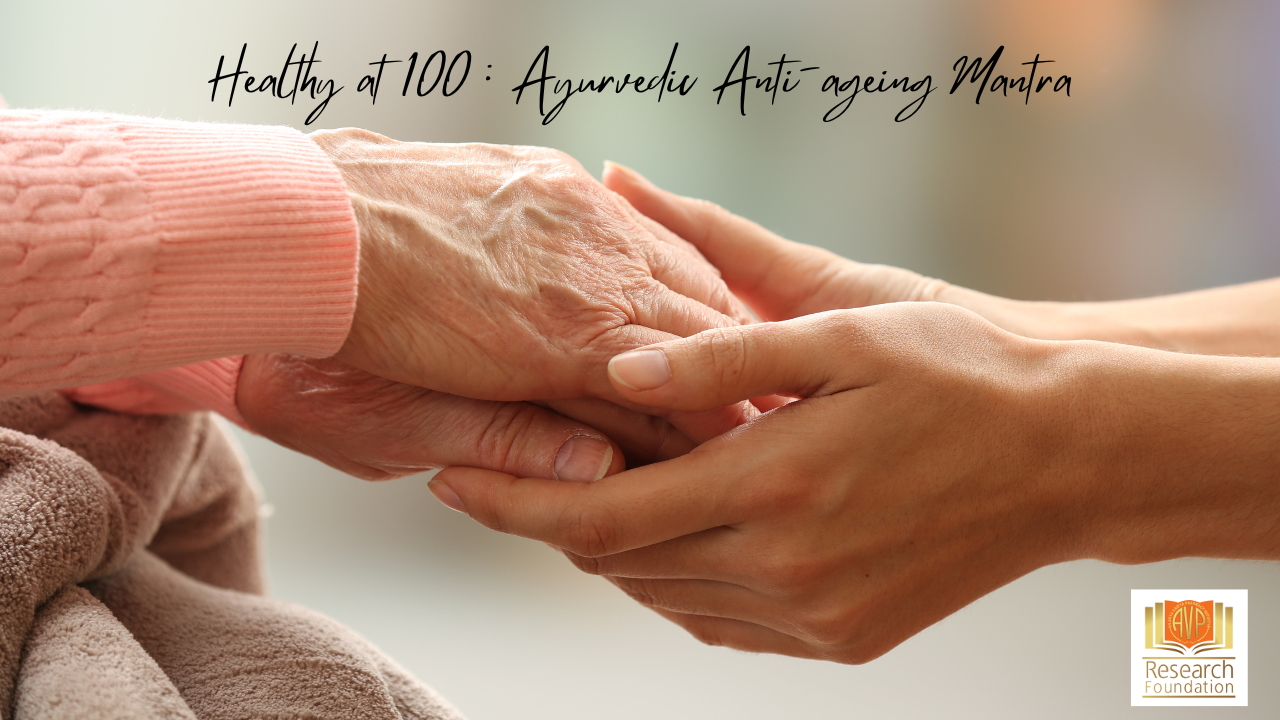“No cure doesn’t mean no hope”
It’s truly bitter-sweet for us because there are so many more kids who still don’t have any treatment. Our hope is for more safe and effective therapies to be developed.
A muscular dystrophy is a group of genetic diseases that cause the musculoskeletal system to deteriorate. As a result, a person's ability to walk is affected. These are genetic conditions and can be inherited as well. Some forms of muscular dystrophy manifest symptoms in early childhood, whereas others exhibit symptoms later in life. Duchenne muscular dystrophy (DMD) and Becker muscular dystrophy are the 2 most common forms.
Duchenne muscular dystrophy is the most prevalent kind of muscular dystrophy in children. It mainly affects boys between the ages of three and six, and it becomes severe rapidly. Becker muscular dystrophy, on the other hand, has symptoms similar to Duchenne muscular dystrophy. Symptoms of BMD, on the other hand, usually appear in the late teens to early twenties and proceed slowly.
The following are some of the other health issues that are typically linked to muscular dystrophy:
- Heart problems.
- Scoliosis.
- A lateral/sideways, curvature, rotation of the backbones (vertebrae), giving the appearance of leaning to one side.
- Obesity.
Symptoms
The following are the most prevalent muscular dystrophy symptoms:
- Pain and stiffness in the muscles
- Clumsy movement
- Difficulty climbing stairs
- Repeated falling
- Unable to jump or hop normally
- Tiptoe walking
- Leg pain
- Facial weakness
- Inability to close eyes or whistle
- Shoulder and arm weakness
- The curvature of the spine
- Wasting of thigh muscles
- Abnormal enlargement of the calves
- The limbs draw inward and become fixed in place.
- Enlargement of the heart
- Learning difficulties, such as delayed speech development, are common.
- Difficulty swallowing, with a risk of aspiration pneumonia.
Causes
Muscular dystrophy is generally a hereditary disorder caused by a mutation in a gene that affects muscle proteins. The protein is missing or altered as a result of the mutation, and it no longer functions properly.
A different genetic mutation causes each type of muscular dystrophy. Duchenne's muscular dystrophy, for example, is caused by a faulty gene for dystrophin, a protein that aids in the preservation of muscle cells.
Researchers are working to identify the specific gene defect that causes the disease in the less common forms of muscular dystrophy. While most forms of muscular dystrophy are inherited, a small number of them are caused by a spontaneous gene mutation.
Treatment
There is presently no recognized medication, drug, or surgery that may cure or prevent muscular dystrophy. The objective of therapy is to avoid deformity and provide as much mobility as feasible in function.
Muscular dystrophy is a degenerative disease that requires ongoing care to avoid deformity and consequences. Furthermore, when a child grows older, walking and sitting become more challenging. Moreover, by the age of 12, the child tends to require a wheelchair because his leg muscles are too weak to function.
By late adolescence or early adulthood, heart or lung issues typically develop. The goal of management is to prevent or minimize abnormalities. Additionally, enhancing the child's functioning abilities at home is a priority. Muscular dystrophy is also treated in one of two ways: nonsurgical or surgical.
Nonsurgical interventions may include:
- Physical therapy
- Positioning aids assist the kid in sitting, lying, or standing.
- Braces and splints are devices that are used to alleviate deformities, give support, and offer protection.
- Medications (research trials may help advance treatment)
- Nutritional counseling
- Psychological counseling
Our treatment approach is based on the fundamental principles of Ayurveda. The aim of treatment is not to cure the disease but to slow the progression and improving the quality of life and help the patient to be more self-dependent. A holistic method using scientifically proven drugs and a combination of Yoga and treatment procedures is used to achieve this
The treatment procedure will strengthen the muscle and act on the muscle fibers. The exercises stretch, strengthen and elongate the spine, improve circulation and eliminate toxins. Breathing exercises tones up and strengthen the respiratory muscles.
Author:
Dr. Reji Joseph, Ph.D(Genetics)
Senior Research Officer of AVP Research Foundation
Deputy Director of International Institute of Ayurveda

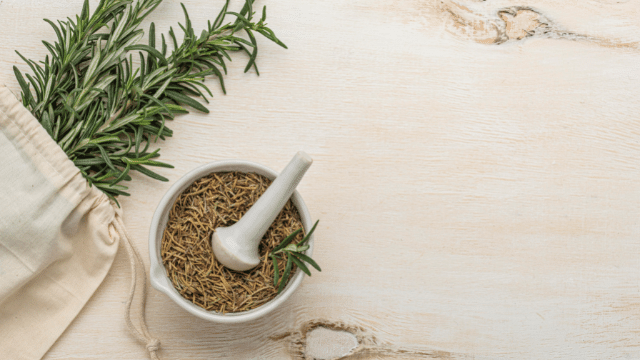

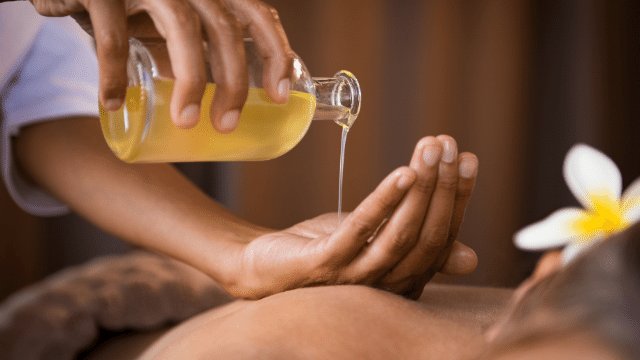
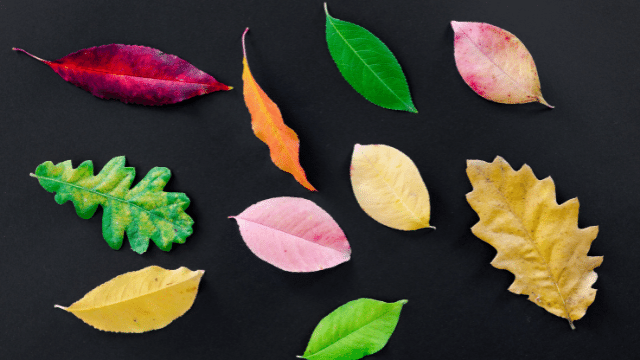


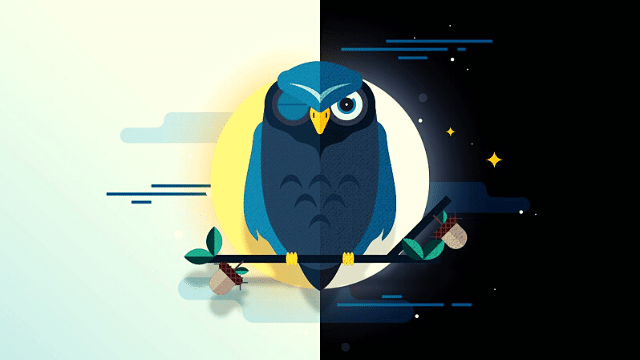
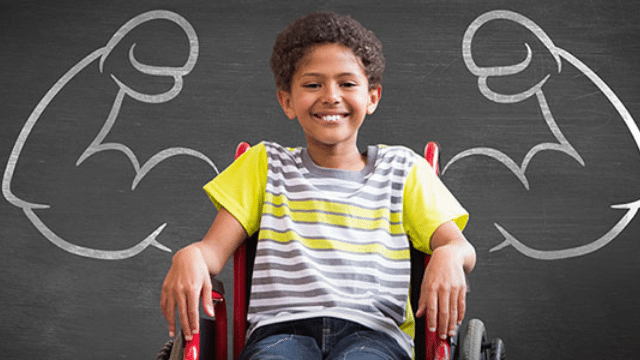

.png)
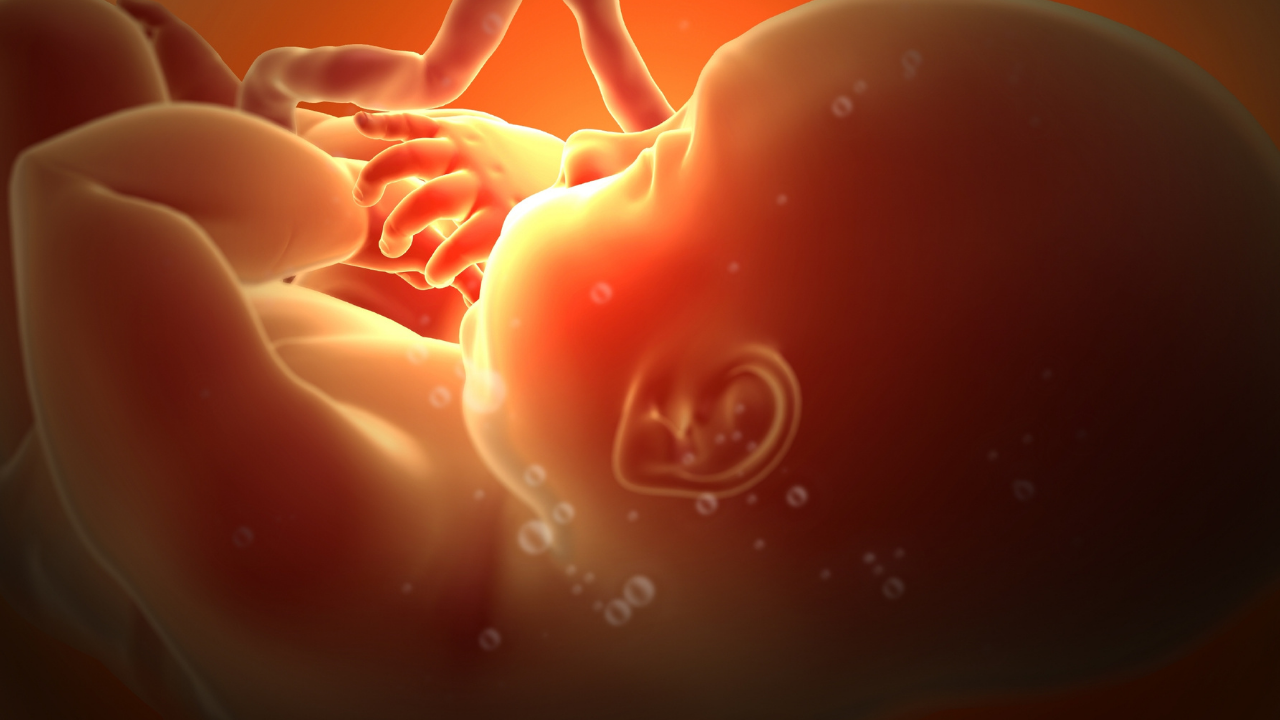
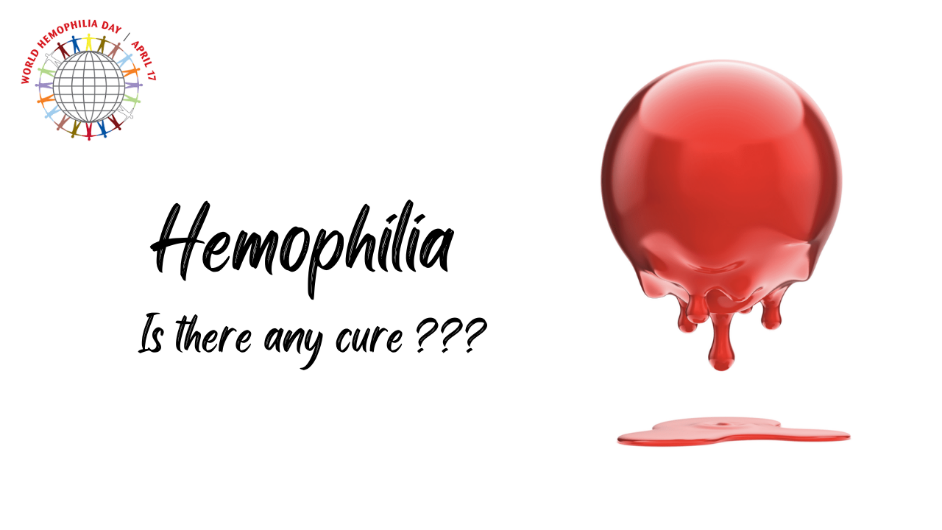
.png)
.png)
.png)
.png)
.png)
